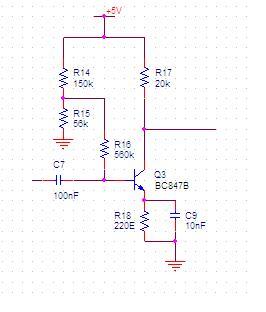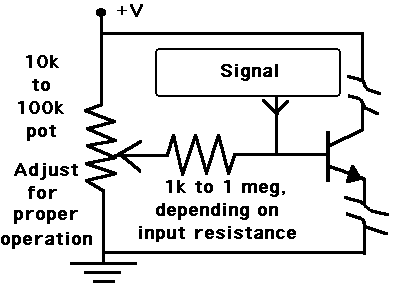karthickb3e
Advanced Member level 4
hi every one,,..
i have doubt about the biasing of the following circuit.... please help regard this...
i understood the use of R14 and R15 (voltage divider bias)..
then what is the need of using the resistor R16...
https://obrazki.elektroda.pl/48_1323506886.jpg

i have doubt about the biasing of the following circuit.... please help regard this...
i understood the use of R14 and R15 (voltage divider bias)..
then what is the need of using the resistor R16...
https://obrazki.elektroda.pl/48_1323506886.jpg

Last edited:
